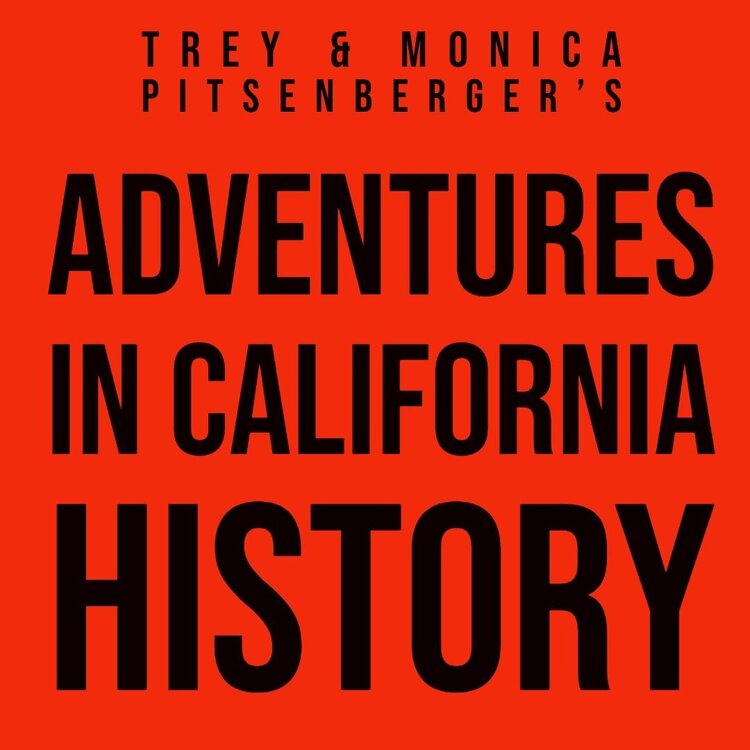We continue our tour of the historical side of The Georgetown Divide. During our last stop, we viewed the old Meyer's Dance Hall and Saloon, located in Uniontown, now known as Lotus. You can find that post here. Leaving Beach Street and turning left onto Highway 49, let's head to the site of Michigan Flat, located in today's Bacchi land, home of a local ranching family.
The above map is interactive. You can zoom in and out to get a closer view. Click the orange boxes for more info on a particular site. To enlarge the map click the square at top right.
Michigan Flat is famous for being the site of one of the Stanford Brothers stores. Leland and Thomas kept a couple of stores in the gold country, with Thomas manning the one in Michigan Flat. One of the stones that made up the building still exists, supposedly in front of one of the homes in this area. For many years it was a feat to try and lift this stone. I wonder if it still exists?
Amos Bowman’s 1873 map of the Georgetown Divide. Interactive version here.
In the above 1873 map, we can see Michigan Flat as well as what appears to be an old river crossing near Greenwood Creek. These river fords were common, as the dams upriver hadn't been built, so in summer and fall, the water levels would drop so one could ford these rivers. Another interesting spot on the map is a town called Powningville, of which I can find no information, altho it's quite prominent on the map.
Michigan Flat consisted of several smaller mining camps with names like Red Hill, Coyote Diggins, and Rich Gulch. Before the Stanford Brothers built their store, Charles Smith had the first store in Michigan Flat, in a tent located at the location where Greenwood Creek empties into the south fork of the American River. We have marked his store site on the map. A man named Tutsbury built a butcher shop, hotel, and boarding house where drink cost fifty cents! Wentzel Stock had the first bakery. On the flat itself, Charles Dusenberg was the first merchant in 1850 with his canvas shop. The Stanford brothers then built their shop, while John Hass kept the watch at his store. Jack Miller kept three more boarding houses and a bakery, while Dr's. Stone and Wheelock were the town's physicians.
1868 Township and county Map. Interactive version here.
In the above earlier map, from 1863, we see no mention of Powningville, but we do know the site of the old Magnolia Hotel in both charts. This old building was still standing in 1915. We have marked the possible location on our tour map. Also, I have included a shot of the potential site from Google Earth. Is this the old Magnolia Hotel site? Also of interest in the 1868 map is the site of the home of J.W. Marshall, Discoverer of Gold. This possible Magnolia House site is on private property, and please respect.
Ever wonder why the Bureau of Land Management trail-head nearby is called, Magnolia Ranch? Now you and I know. The old Magnolia House.
Is this the Magnolia House site?
Powningville is quite a mystery. We have marked where we think the town stood on our map. You can compare it with the 1873 Amos Brown Map above. There is little to no reference to this town, other than the map. The other aspect of Powningville that I find interesting is the road titled, “Coloma Trail” that takes off from that town, roughly parallelling Highway 49 towards Cool. Powningville was close to the Fairmont Copper Mines, which according to the 1866 report by D.V. Whiting, Esq, also contained large blocks of the mineral garnet.
The old Coloma Trail, long gone.
To continue our historical tour of The Georgetown Divide we continue north on Highway 49 towards the old town of Pilot Hill. We will cover that section in our next tour post. The map of the tour can be found in our maps section, here.




